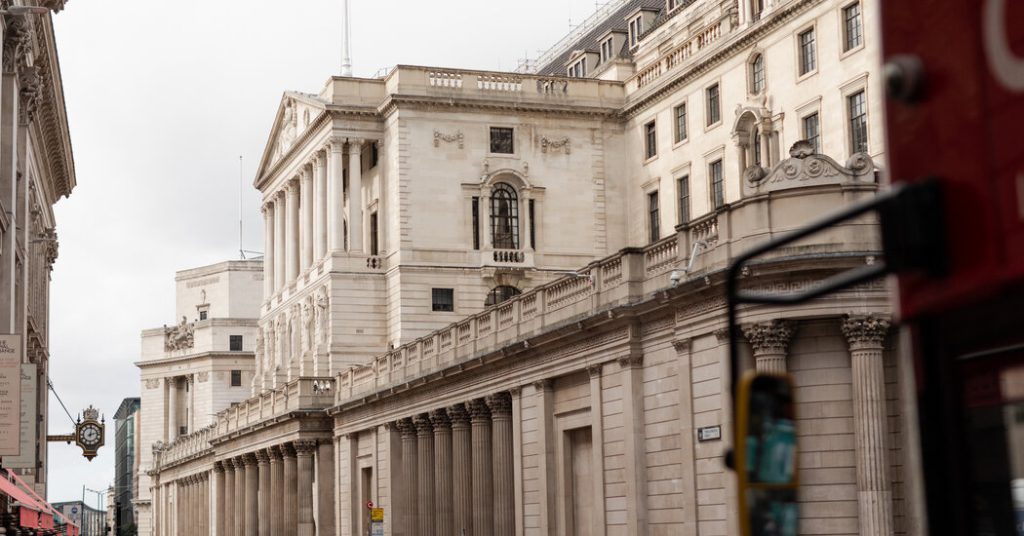The Bank of England recently decided to hold interest rates at 5.25 percent, the highest level since 2008, despite inflation in Britain slowing to 2 percent in May. Bank officials emphasized that high rates have been effective in cooling the labor market and reducing price pressures, but they stressed the need for monetary policy to remain restrictive until the risk of inflation overshooting their target has dissipated. The central bank’s governor, Andrew Bailey, stated that they need to ensure that inflation will remain low, leading to the decision to maintain the current interest rates.
As inflation has been slowing globally, central banks, including the European Central Bank and the U.S. Federal Reserve, have been contemplating when and to what extent they should lower interest rates. The European Central Bank recently announced its first rate cut in approximately five years, while the U.S. Federal Reserve indicated a more cautious approach with only one rate reduction expected this year. Despite the slowing inflation in Britain, Bank of England officials are divided on the timing of potential rate cuts, with a majority voting to maintain the current high rates.
There are still concerns about lingering inflation persistence, particularly in sectors such as services where inflation remains higher than the central bank’s forecast. Wage growth is also expected to remain strong in the coming months, which could contribute to sustained inflation above the 2 percent target. Policymakers are closely monitoring wage data and services inflation, which are influenced by labor costs and are among the more stubborn forms of inflation. While there is no evidence of a price-wage spiral, the central bank is wary of strong price pressures leading to prolonged inflation above target levels.
Despite the possibility of an imminent rate cut, the timing has been complicated by external factors such as the announcement of a general election by Britain’s prime minister, Rishi Sunak. Investors have refrained from betting on a rate cut this week to avoid any perception of political influence. However, the door to rate cuts remains open, with several committee members indicating a finely balanced decision and the potential for a cut later in the summer. The central bank has forecasted a return to the 2 percent inflation target in the second quarter of 2026, setting the stage for potential rate adjustments.
Looking ahead, economists at ING bank believe that the committee is approaching a rate cut, with a potential decision to lower rates in August pending the release of the next inflation report in mid-July. Despite the current decision to maintain rates, policymakers are keeping a close eye on inflation data and economic indicators, suggesting a possible shift towards rate cuts if inflation remains subdued and price pressures persist. The next policy meeting in early August will provide insight into the central bank’s stance on interest rates and its approach to balancing economic growth with inflation control.








